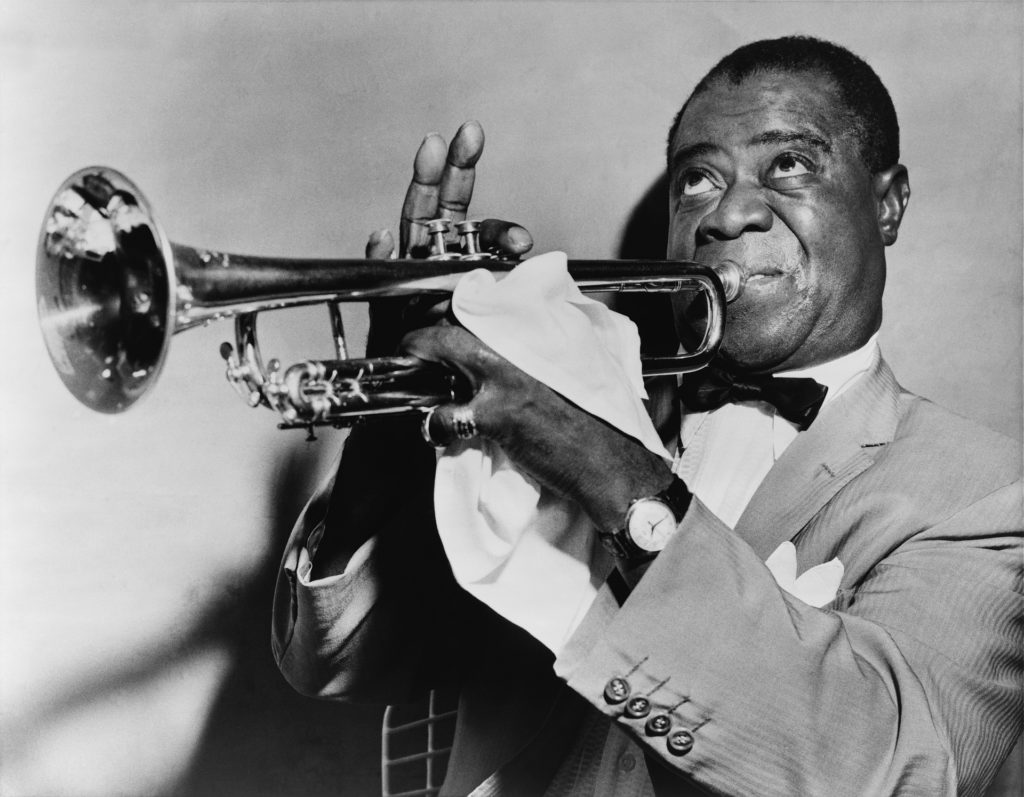Trumpet – Conscious Control in the Alexander Technique (Musicians)(Psychology)(Pain)(Strain)(Injuries)(Posture)(Albuquerque)
This ebook, An Alexander Technique Approach to Trumpet Technique, is published on this website in a PDF format. It is very detailed and practical, and it will give you the physical tools you need to take the limits off of your ability to create the accurate trumpet technique you want without sacrificing your body.
This ebook is also for sale on all AMAZON websites in a KINDLE format.
Located in Albuquerque, New Mexico, U.S.A. (MOVEMENT THERAPY)
CONSCIOUS CONTROL is what F. M. Alexander called regaining control over the voluntary musculature of the body. The voluntary musculature is defined as the external musculature that you tell what to do with your thoughts and intentions. What happens over time is that many trumpet players’ ability to let go of pain and tension in specific areas of their bodies is lost, and so they consistently hurt.
If a trumpet player comes to me and says her neck and shoulders are hurting, and I tell her to just release these muscles, she’ll look at me like I’m crazy. The truth is she has lost conscious control over these muscles, and it seems to her there is no way to get them to release.
It is your ability to tell your body what you want, and your body responds with exactly what you want, that Alexander Technique teachers help trumpet players regain on the trumpet. The ideal body response from a loving intention is a pain-free, elegant, athletic, and coordinated movement, that gives you the note you want effortlessly with the volume, rhythm, and tone quality you choose.
What has to happen for all of the above to happen? You have to be intimately connected to your body, and to accept that THE BODY ALWAYS GIVES US WHAT WE BELIEVE ABOUT IT, not what we want. Let me explain?
If you believe the volunteer musculature of the body does anything independently of your beliefs and thoughts, then you do not have conscious control over it. Your belief that the body can do what it wants, will block you from being able to release the habits that have gotten you in constant pain on the trumpet. You will be unable to tell your hands and arms what you want to hear on the trumpet without forcing the body to listen to you.
What I just said is critical! If you believe you regularly have to force the body to listen to you when you play the trumpet, then you have given the body a mind of its own. But, the only mind your body has is your mind. Let me explain.
I believe many trumpet players believe the body does things independently of the trumpet player’s intentions, and that’s why they can’t do everything they want on the instrument. This isn’t true, but boy is it self-fulfilling. Again, the body responds to what you believe about it, true or not true.
When you believe something that isn’t true about the body, then what else can the body do but fail you at times, maybe a lot of times. So, when your beliefs are conflicted, then you don’t get consistently amazing pain-free trumpet performances. Having just said what I said, let me back track a bit.
You can create consistently amazing trumpet performances if your technique is good enough, and you will NOT tolerate your body not giving you what you want. This is not what I call a loving approach to trumpet playing.
What is loving? If you accept/believe you have 100% control over your voluntary musculature, you have a trumpet technique that doesn’t harm your body, you have a fully upright balanced posture, you trust your body to give you exactly what you want, then you will have conscious control over your trumpet playing.
